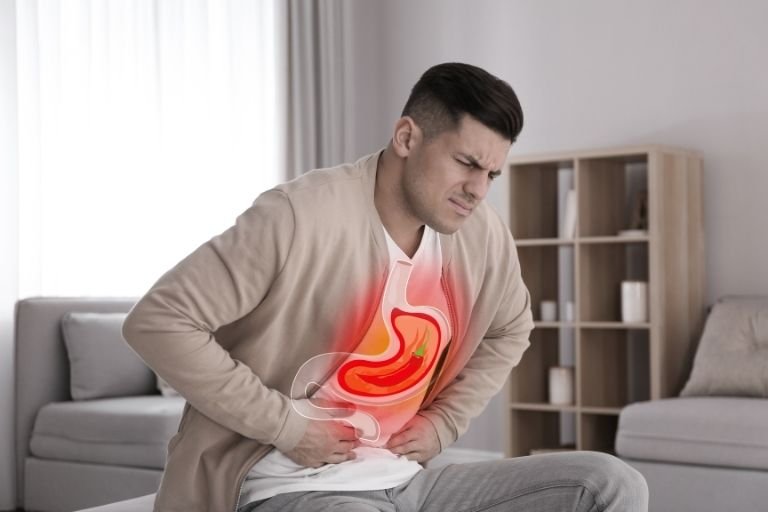- Fitwell Physiotherapy
Tennis Elbow

Tennis elbow, also known as lateral epicondylitis, is a common condition characterized by pain and inflammation in the tendons that connect the forearm muscles to the outside of the elbow. Despite its name, tennis elbow can affect anyone, not just tennis players, and it often arises from repetitive arm movements or overuse of the forearm muscles. Here’s a breakdown of its symptoms, causes, when to see a physiotherapist, risks, prevention, and treatments:
Please submit your details below.
Symptoms:
- Pain: The primary symptom is pain and tenderness on the outer side of the elbow, which may radiate down the forearm.
- Weak grip: Difficulty in gripping objects or performing tasks that involve wrist or forearm movement.
- Stiffness: Stiffness in the elbow joint, particularly after periods of rest or in the morning.
- Worsening symptoms: Pain may worsen with activities involving wrist extension, such as lifting, gripping, or even simple movements like turning a doorknob.
Causes:
- Overuse: Repeated movements of the wrist and arm, such as those seen in tennis, racquetball, or other sports, can strain the tendons.
- Incorrect technique: Improper technique or equipment in sports activities can also contribute.
- Occupational factors: Certain occupations that involve repetitive arm movements, such as plumbing, painting, or carpentry, increase the risk.
- Age: Middle-aged individuals are more prone to developing tennis elbow due to natural wear and tear of tendons.
When to See a Physiotherapist:
It’s advisable to consult a physiotherapist if you experience persistent elbow pain or if the pain disrupts your daily activities, even after home remedies such as rest, ice, and over-the-counter pain relievers. They can assess your condition, provide a diagnosis, and recommend an appropriate treatment plan.
Risks:
- Chronic pain: Without proper management, tennis elbow can become a chronic condition, leading to long-term discomfort and limited mobility.
- Reduced functionality: Severe cases may hinder your ability to perform routine tasks and activities.
- Complications: Ignoring symptoms or improper treatment may lead to complications such as tendon tears or joint damage.
Prevention:
- Proper technique: Learn and practice correct techniques in sports and other activities to reduce strain on the elbow.
- Warm-up and stretch: Always warm up before physical activities and incorporate stretching exercises for the forearm muscles.
- Equipment adjustment: Ensure that sports equipment, tools, and workstations are properly adjusted to your body size and technique.
- Rest and recovery: Allow adequate rest periods between repetitive tasks to prevent overuse injuries.
Treatments:
- Rest: Resting the affected arm and avoiding activities that worsen symptoms can help alleviate pain and promote healing.
- Ice therapy: Applying ice packs to the affected area for 15-20 minutes several times a day can reduce inflammation and pain.
- Physiotherapy: A physiotherapist can recommend exercises to strengthen the forearm muscles, improve flexibility, and promote healing.
- Bracing or splinting: Wearing a brace or splint around the forearm may help reduce strain on the affected tendons.
- Medications: Over-the-counter pain relievers or nonsteroidal anti-inflammatory drugs (NSAIDs) can help alleviate pain and inflammation.
- Steroid injections: In severe cases, corticosteroid injections may be administered to reduce inflammation and pain.
- Surgery: In rare cases where conservative treatments fail, surgical options such as tendon repair or release may be considered.
Tennis elbow can be a painful and debilitating condition, but with proper care, most cases can be effectively managed. By understanding its symptoms, causes, and risk factors, individuals can take preventive measures and seek timely treatment to alleviate pain and promote recovery. If symptoms persist or worsen, consulting a healthcare professional, particularly a physiotherapist, is essential for accurate diagnosis and tailored treatment plans.
Frequently Asked Questions
Related Conditions
How Fitwell Physiotherapy Can Help?
Dr. Richa’s Fitwell physiotherapy has an extensive team of physiotherapists all within their own specialist areas of physiotherapy. Whatever your condition, we guarantee that we will have the best physiotherapist for you. We assess, diagnose, plan, cure and care for you.
Fitwell Physiotherapy Clinic, Pune provides you best physiotherapy treatment in Kharadi, pune. We also serve Chandan Nagar, Vadgaon Sheri, Keshav Nagar, Wagholi & nearby Areas in Pune. We are experts in treating Neck Pain, Hand Pain, Back Pain, Lower Back Pain, Knee Pain, Stiff Neck, Sciatica, Arthritis, Stroke Paralysis & Post Surgical Rehab.
We provide Specialized physiotherapy treatments in Sports Injuries, Pre and post Surgery, Neurologic, Pediatric, Chronic Pain/Fatigue, Rheumatology, Women’s Health, Men’s Health, Ergonomics, Vestibular, Amputees & all sort of Pain treatment and lifestyle conditions.

































































































